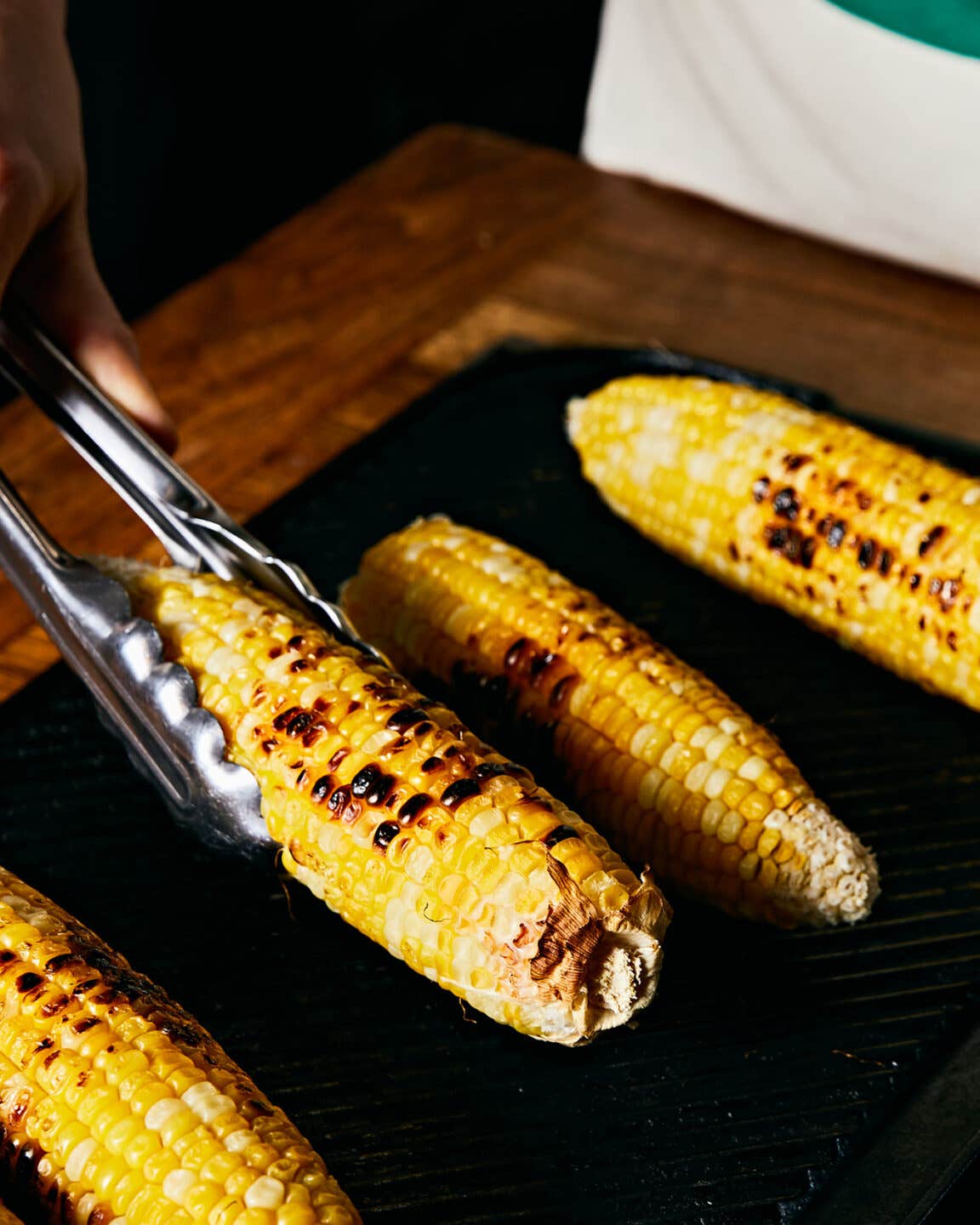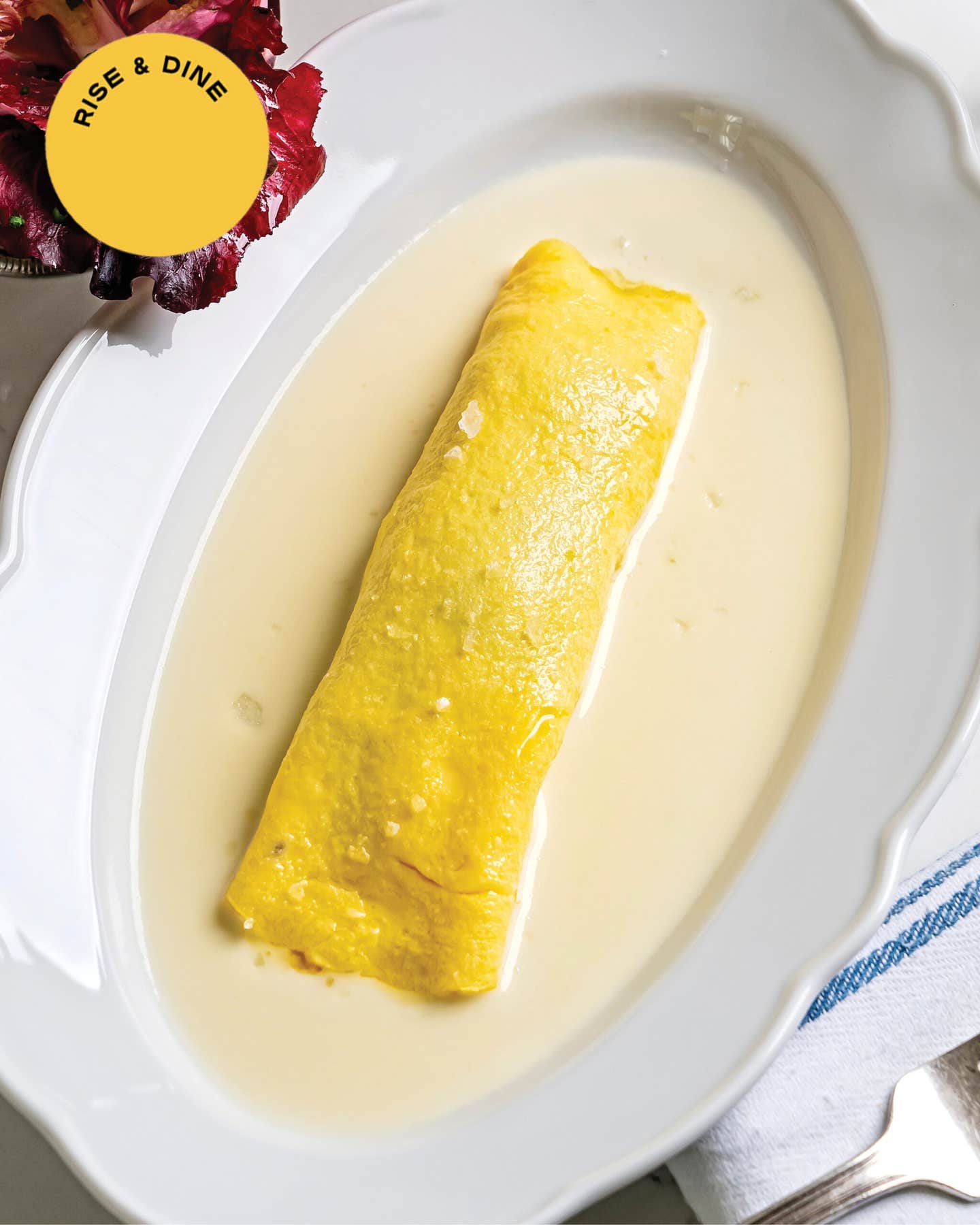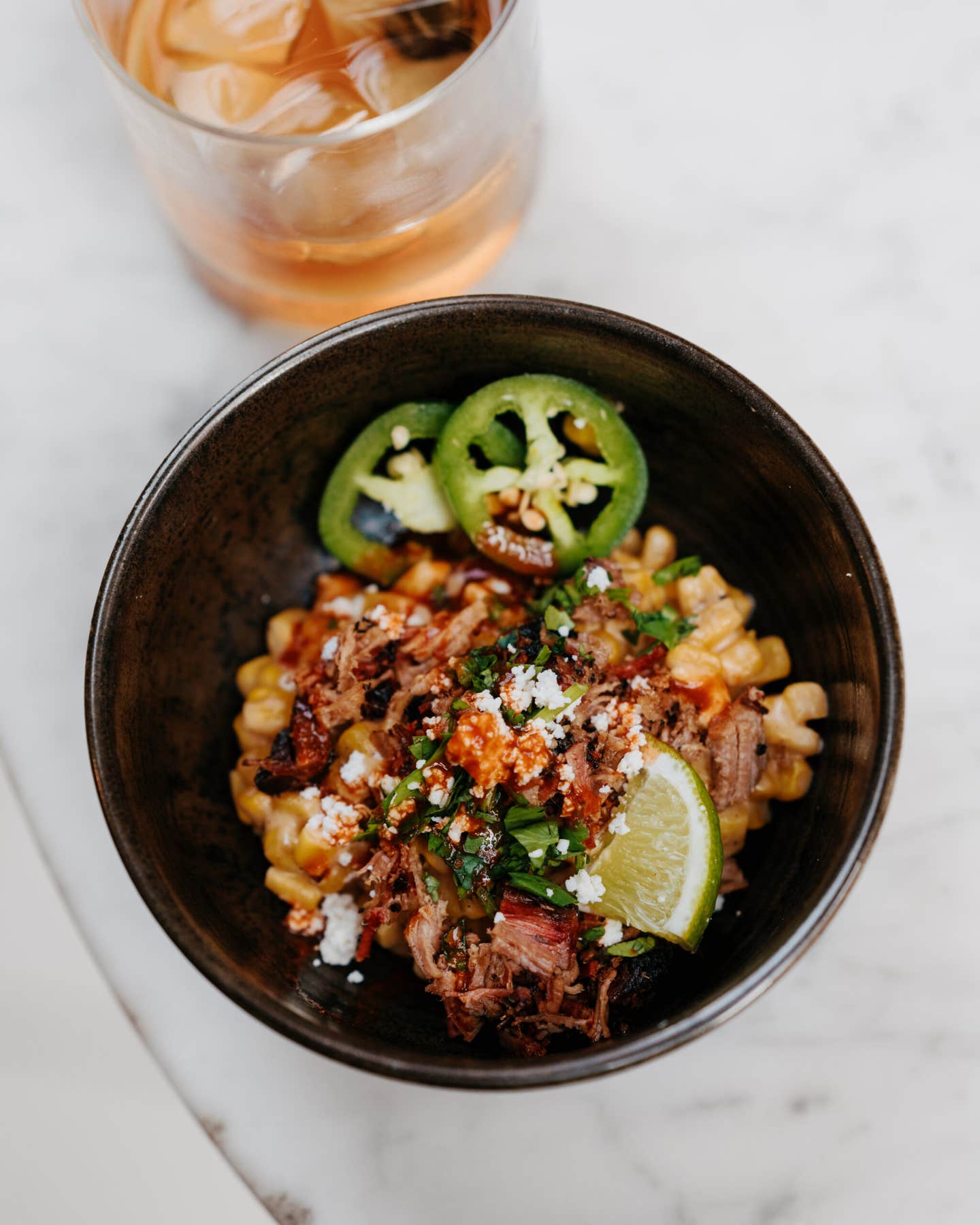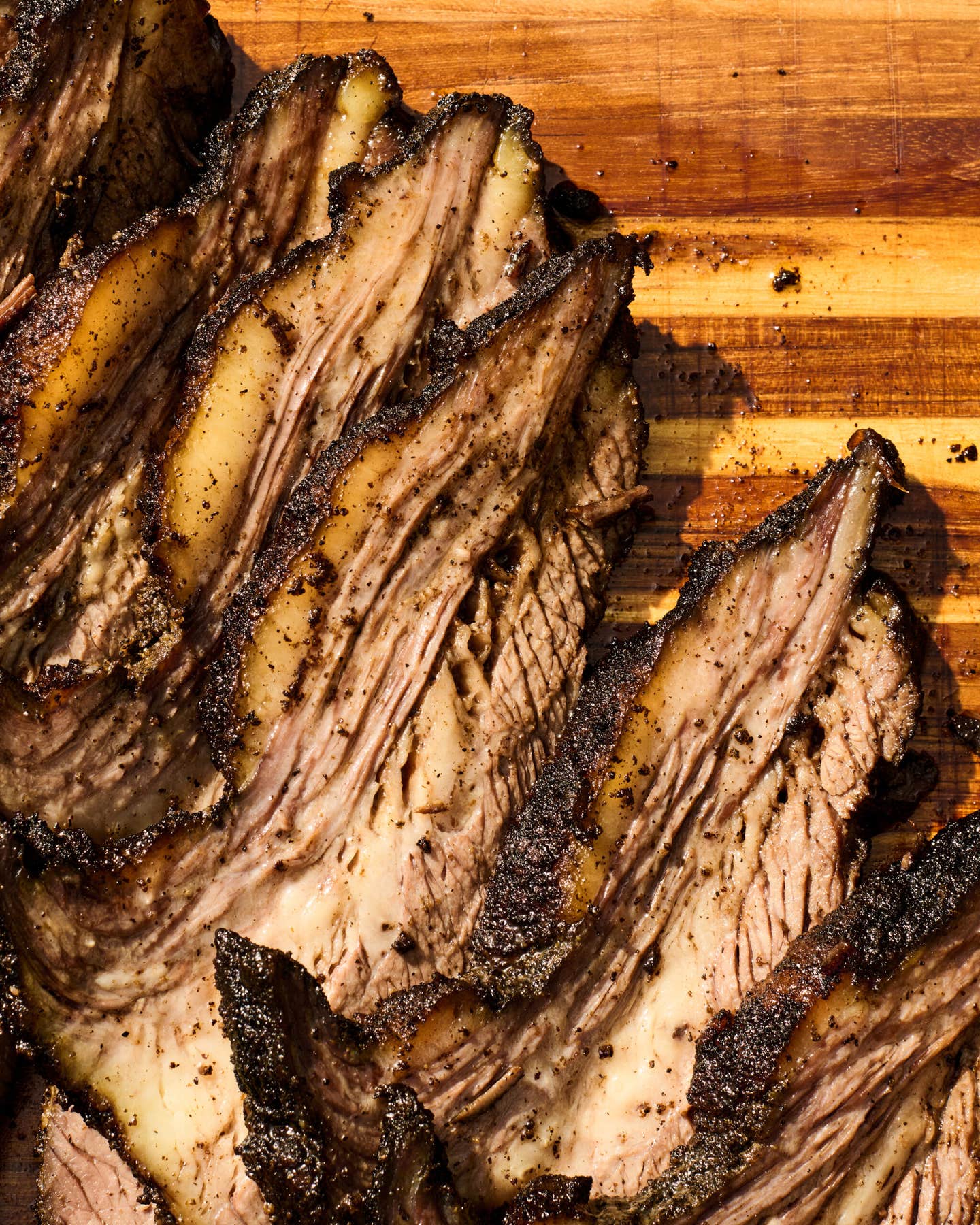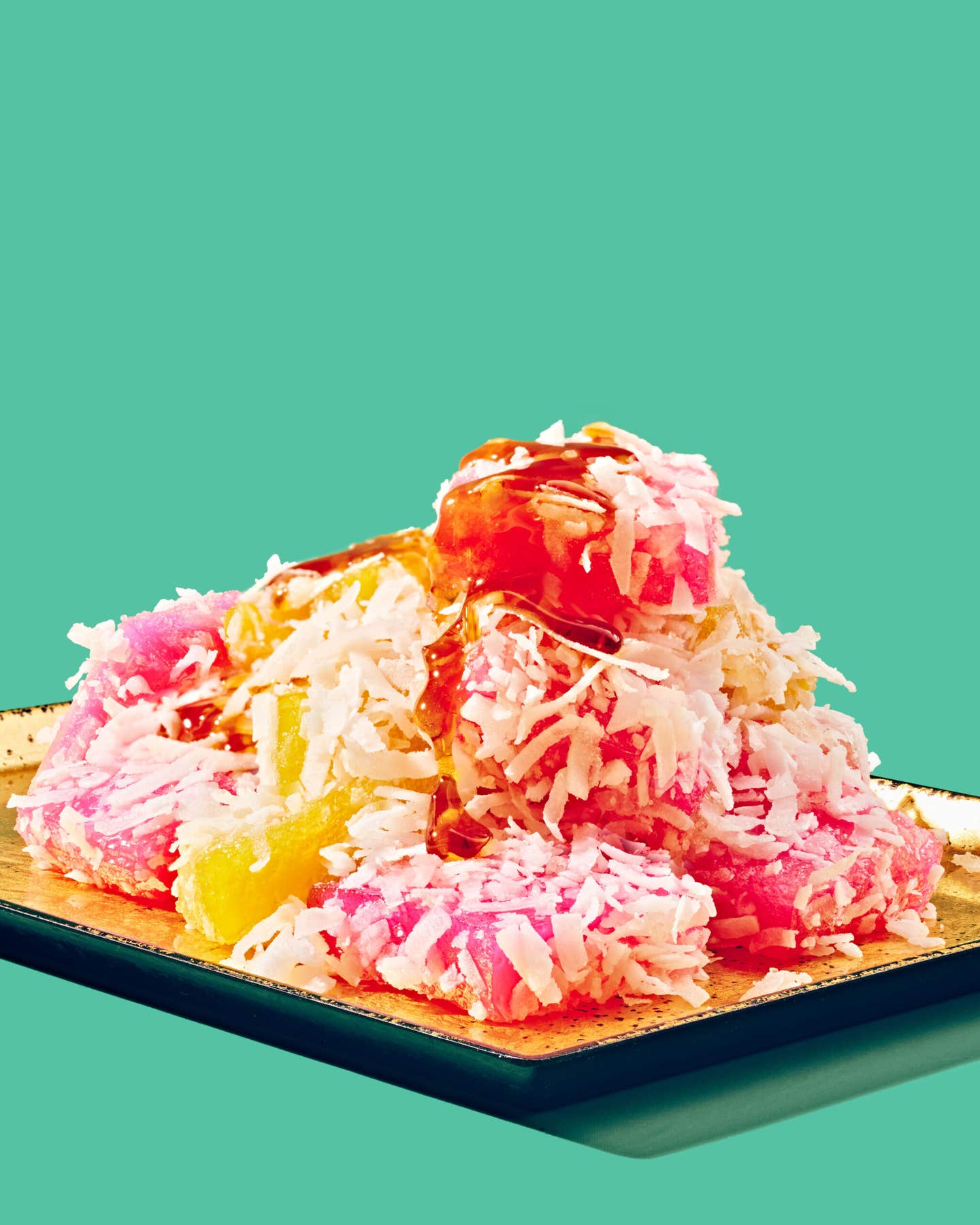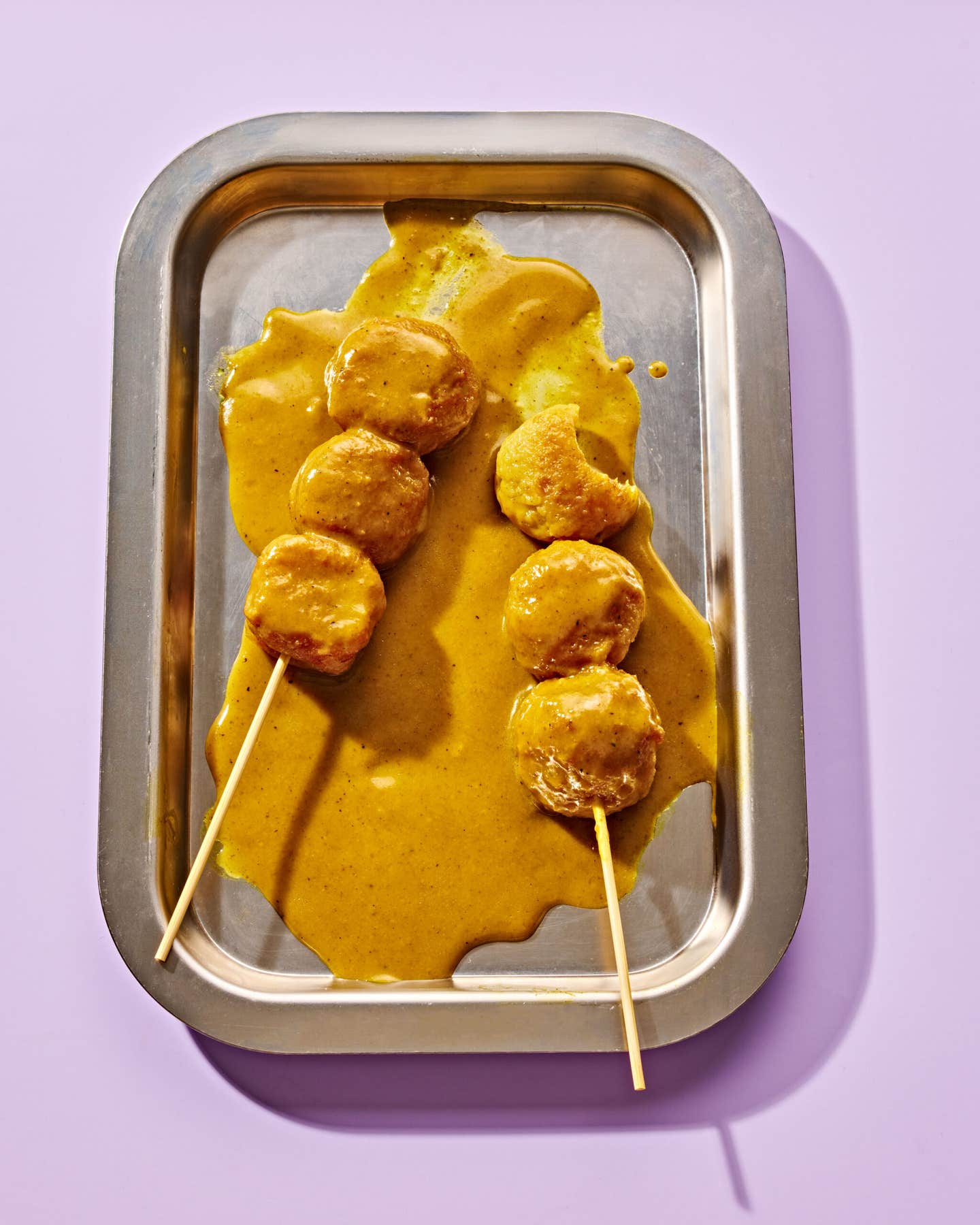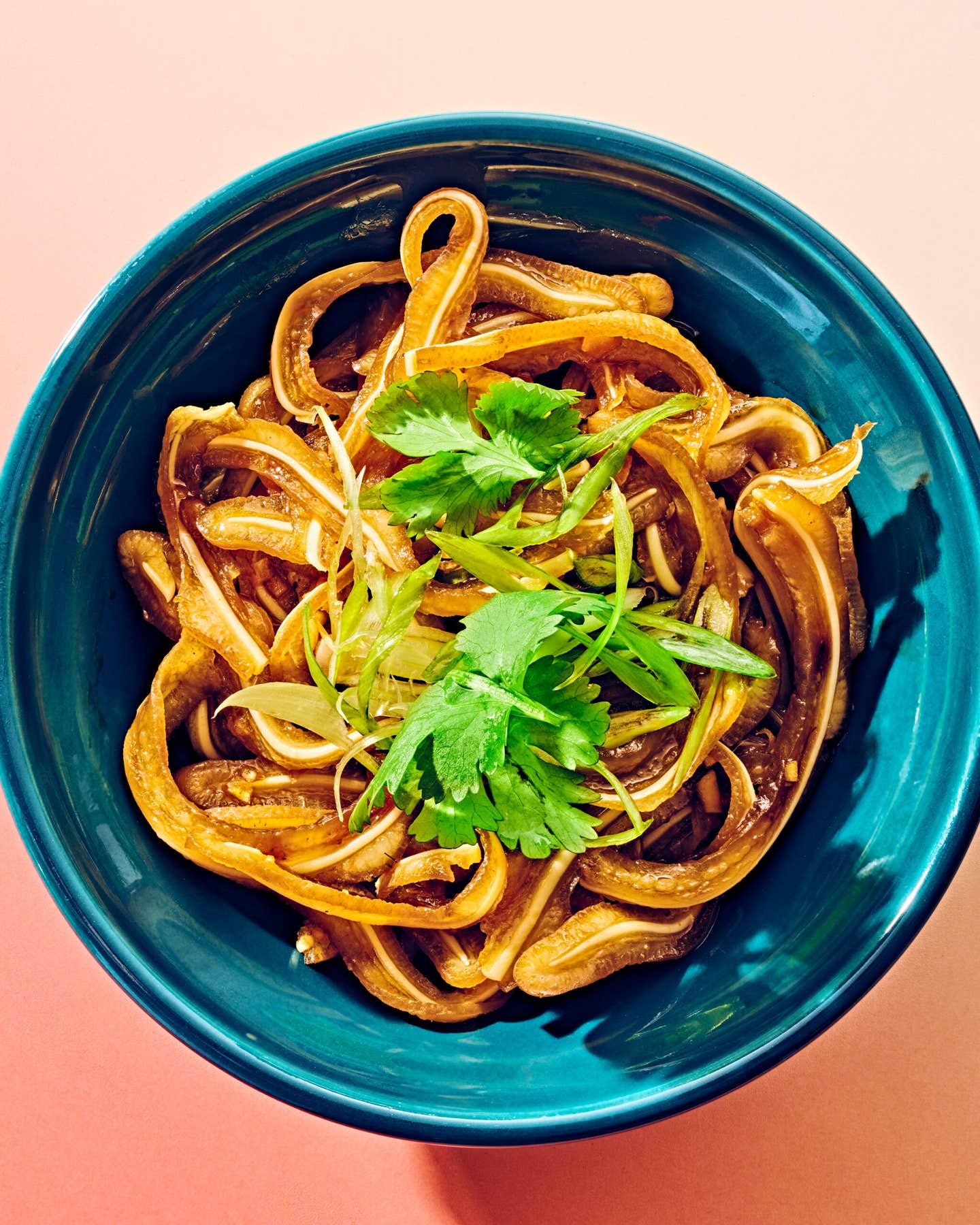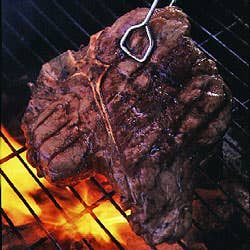
How to Cook the Perfect Steak
Cooking steak at home can be intimidating—how do you really know when it's cooked to the desired amount of doneness? Different cuts cook at different rates—and you have to judge every piece of meat individually for its thickness, internal temperature, and amount of fat. Then there's the temperature of one's oven or barbecue, the conductivity of the pan—even the weather, if you're cooking outdoors.
Some cooks rely on the famous but contestable touch test: A rare steak is supposed to feel like the fleshy triangle of skin between the thumb and index finger of a relaxed hand; that same spot on a fist matches the firmness of a medium steak; if you want it well done, compare it to the feel of the tip of your nose. Use this method if you wish, but an easier option would be an instant-read thermometer—or else making a slit along the bone (or in the center of a boneless steak) and judging the color. A very rare steak, which has a bluish tinge, is done at 120°; one that is rare, about 140°; medium rare, which is brown near the surface, 145°; medium, 160°, and well, which is completely brown, 170°. Two things to remember: Thicker steaks keep cooking after they're removed from the heat; and practice makes perfect.
Keep Reading
Continue to Next Story
